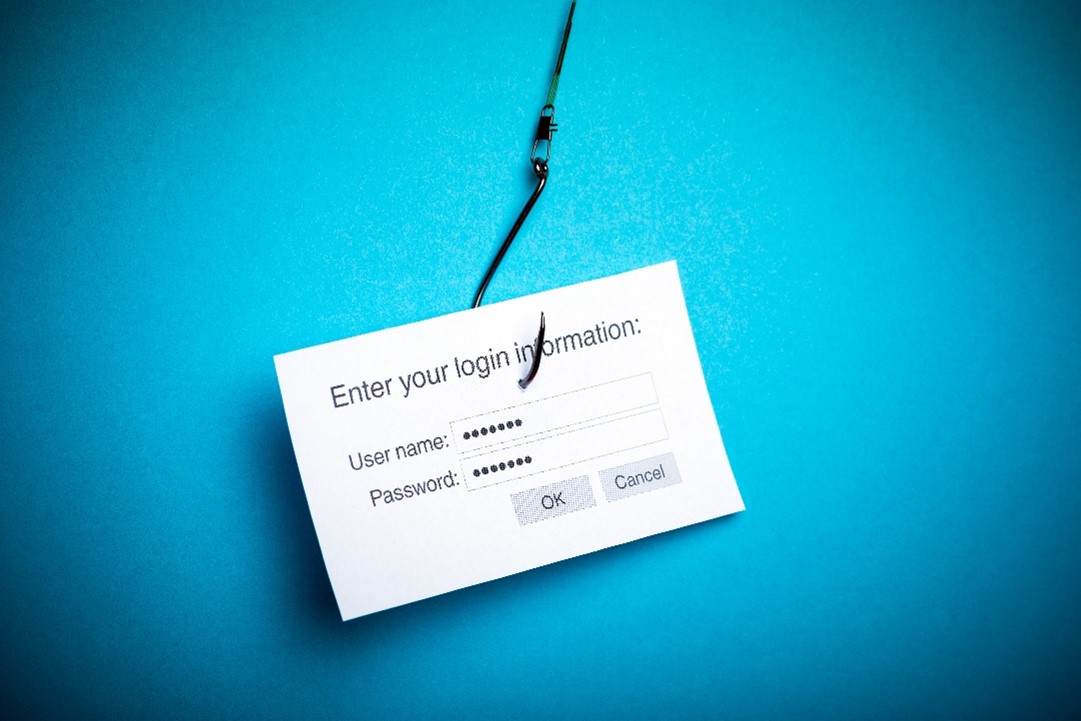
Phishing attacks are one of the most common and dangerous cyber threats in the digital age. They aim to trick people into revealing sensitive information like passwords, financial details, or personal data by pretending to be legitimate organizations or entities. It's crucial to recognize the warning signs of phishing attacks and take measures to stay safe online. Craig DelliCarpini is an expert in this field, and in his post, he'll explain how cybercriminals use common tactics, how to spot red flags and share practical tips for protecting yourself online.
Craig DelliCarpini on Understanding Phishing Attacks
Phishing attacks are a common type of cybercrime involving fraudulent emails, text messages, or websites to deceive individuals into providing sensitive information or downloading malicious software. These attacks are designed to appear as if they are from legitimate sources, such as banks, government agencies, or well-known companies. Cybercriminals create these fake communications to trick victims into taking actions that put their data and security at risk. These actions can include clicking on malicious links, entering login credentials, or downloading attachments containing malware. Once the attacker has gained access to the victim's confidential information, they may use it to steal money, commit identity theft, or carry out other fraudulent activities. It is essential to remain vigilant and cautious when receiving unsolicited emails, text messages, or website links, especially those that request personal or financial information.
Craig DelliCarpini on Recognizing Red Flags
While phishing attacks can be sophisticated and convincing, there are several red flags that can help you identify potential scams:
- Suspicious Sender: Be wary of emails or messages from unfamiliar or suspicious senders, especially if they contain urgent requests or alarming messages.
- Generic Greetings: Phishing emails often use generic greetings such as "Dear Customer" instead of addressing you by name.
- Urgency or Threats: Phishing emails may create a sense of urgency or use threats to pressure you into taking immediate action, such as claiming that your account will be suspended unless you provide information.
- Poor Grammar and Spelling: Phishing emails often contain grammatical errors, spelling mistakes, or awkward phrasing that indicate they may be fraudulent.
- Suspicious Links or Attachments: Be cautious of links or attachments in emails, especially if they prompt you to enter sensitive information or download files from unknown sources.
Craig DelliCarpini on Protecting Yourself Online:
To protect yourself from phishing attacks and safeguard your personal information, follow these best practices:
- Think Before You Click: Always verify the legitimacy of emails, links, and attachments before clicking on them, especially if they come from unknown or unexpected sources.
- Verify Requests: If you receive a suspicious email requesting personal information or financial details, verify the request by contacting the organization directly through official channels.
- Use Multi-Factor Authentication: Enable multi-factor authentication (MFA) wherever possible to add an extra layer of security to your accounts and prevent unauthorized access.
- Keep Software Updated: Ensure that your operating system, antivirus software, and web browsers are up-to-date with the latest security patches to protect against known vulnerabilities.
- Educate Yourself: Stay informed about the latest phishing trends and tactics by educating yourself and your employees about phishing awareness and cybersecurity best practices.
Phishing attacks are a type of cyber-attack that aims to steal sensitive information such as usernames, passwords, credit card details, and other personal data. Cybercriminals use a variety of social engineering techniques to trick unsuspecting victims into divulging this information, such as creating fake emails or websites that look legitimate and persuading users to click on links or download attachments.
Phishing attacks continue to be a significant threat to both individuals and organizations, with the volume and sophistication of attacks increasing year on year. These attacks are designed to exploit human psychology and often look and sound convincing. As such, it's more important than ever to stay vigilant and be aware of the red flags of phishing attacks.
Some common signs of a phishing attack include emails that urge you to act quickly, offer something too good to be true or contain poor spelling and grammar. Other warning signs include links that don't match the sender's address, fake login pages, and requests for personal information.
Remember that when it comes to cybersecurity, Craig DelliCarpini believes prevention is always better than cure. By recognizing the warning signs of phishing attacks and taking proactive steps to protect yourself, you can reduce your risk of falling victim to these types of cyber attacks. Stay alert, trust your instincts, and don't hesitate to ask for help if you're unsure about the legitimacy of an email or website.
